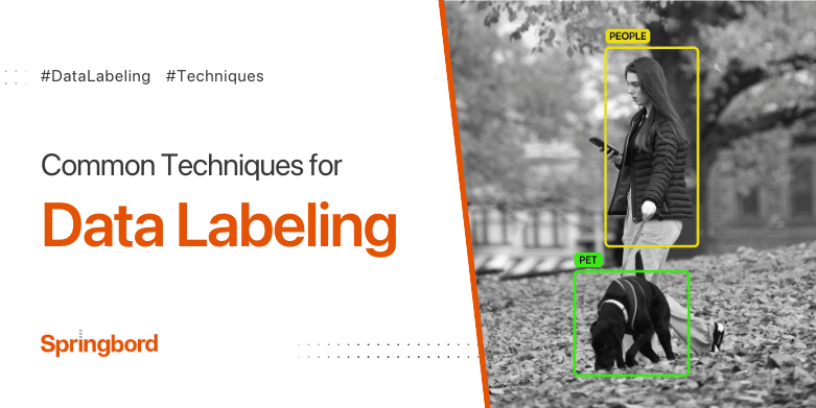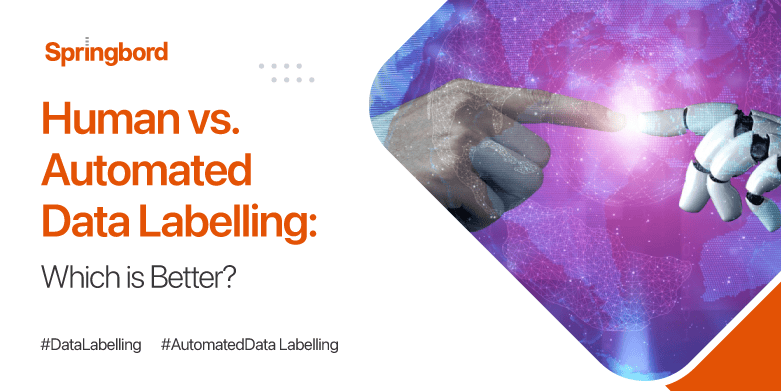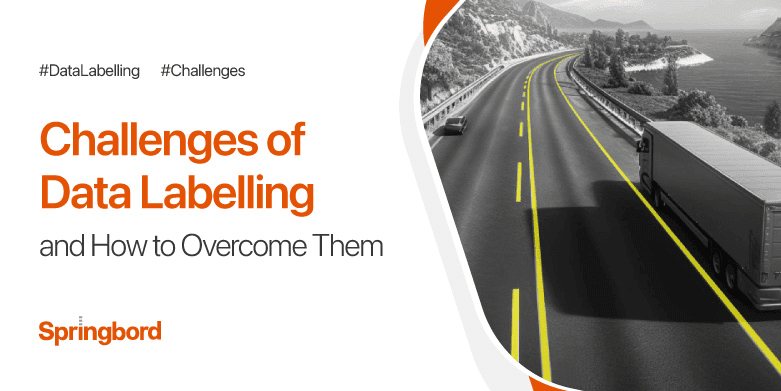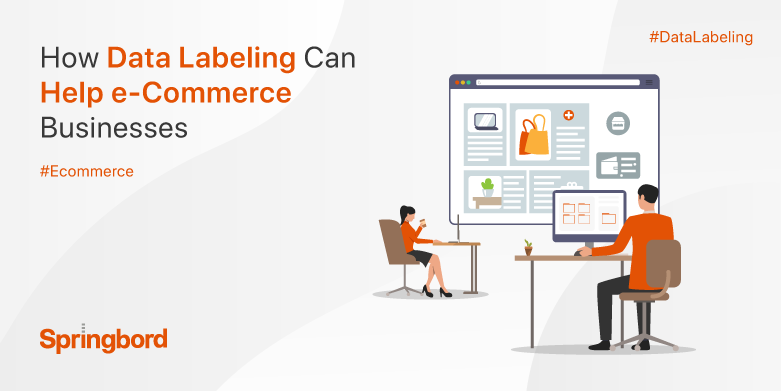 Read time 3 min
Read time 3 minIntroduction:
Data labeling, also known as data annotation, is the process of assigning meaningful and accurate labels or tags to raw data. It is a fundamental step in supervised machine learning, where labeled data serves as the basis for training algorithms to make predictions or classifications.
Various techniques have emerged to address the challenge of data labeling, considering the diverse nature of data and the specific requirements of different domains. These techniques encompass a range of approaches, from manual labeling by human annotators to automated labeling using advanced algorithms.
Rule-based Labeling:
Rule-based labeling is a technique where predefined rules and guidelines are used to assign labels to data. These rules are created based on domain knowledge or expert insights and are applied consistently across the dataset. This technique is particularly useful when dealing with structured data or data that follows specific patterns.
For example, in a customer support scenario, incoming emails can be labeled as “complaint,” “feedback,” or “query” based on predefined keywords or phrases. Rule-based labeling enables efficient and consistent labeling, ensuring high-quality labeled datasets.
Active Learning:
Active learning is an iterative technique that involves an interactive process between the machine learning model and the human annotator. Initially, a small subset of data is labeled manually, and the model is trained on this labeled data. The model then identifies uncertain or ambiguous instances in the unlabeled data and presents them to the annotator for labeling.
By focusing on the most informative samples, active learning optimizes the labeling effort, reducing costs and improving the model’s performance. This technique is particularly effective when there is a large amount of unlabeled data available and labeling the entire dataset manually is impractical.
Crowdsourcing:
Crowdsourcing leverages the collective intelligence of a large group of people to annotate data. It involves distributing the labeling task to a pool of workers, often via online platforms, who perform the labeling independently. Crowdsourcing offers scalability and speed, as multiple annotators can work simultaneously on different parts of the dataset.
Moreover, it allows for diverse perspectives and reduces the risk of bias by aggregating annotations from multiple annotators. While crowdsourcing can be cost-effective and efficient, proper quality control measures, such as inter-annotator agreement checks and worker qualification tests, should be implemented to ensure the accuracy and reliability of the labeled data.
Transfer Learning:
Transfer learning is a technique where pre-existing labeled data from a related domain or task is used to train a model that can then be fine-tuned on the target dataset. This approach enables the transfer of knowledge from a source domain to a target domain, reducing the need for extensive manual labeling.
For example, if a model is trained on a large dataset of labeled images, it can learn general features and patterns that are transferrable to other image classification tasks. By leveraging transfer learning, businesses can save time and resources while still achieving accurate and reliable results.
Semi-Supervised Learning:
Semi-supervised learning utilizes a combination of labeled and unlabeled data to train machine learning models. It leverages the assumption that there is a significant amount of unlabeled data available, which can be utilized to improve model performance.
Initially, a small portion of the data is labeled manually, while the remaining data is left unlabeled. The model is then trained on this partially labeled dataset, taking advantage of the additional information present in the unlabeled samples. Semi-supervised learning can be a cost-effective approach when labeled data is scarce or expensive to obtain.
Outsourcing Data Labeling:
Outsourcing data labeling to specialized service providers has gained significant popularity due to its numerous advantages. These providers have dedicated teams of skilled annotators who are proficient in various labeling techniques and can handle large volumes of data efficiently.
Outsourcing allows businesses to focus on their core competencies while benefiting from the expertise and experience of professional annotators. Furthermore, outsourcing data labeling can reduce costs associated with infrastructure, training, and management of an in-house labeling team. Service providers often employ quality control measures and ensure data privacy and security, giving businesses peace of mind.
Conclusion:
In conclusion, data labeling techniques form the backbone of successful machine learning models, enabling organizations to unlock valuable insights and make informed decisions. The choice of labeling technique depends on factors such as the type and complexity of data, the available resources, and the desired accuracy level. As technologies continue to advance, the field of data labeling will undoubtedly evolve, leading to innovative approaches and tools that further enhance the efficiency and effectiveness of this critical process
. By staying informed about the latest techniques for data labeling, organizations can harness the power of their data and stay ahead in the competitive landscape.
You can check Springbord blog on Data Labeling to learn more about it.







